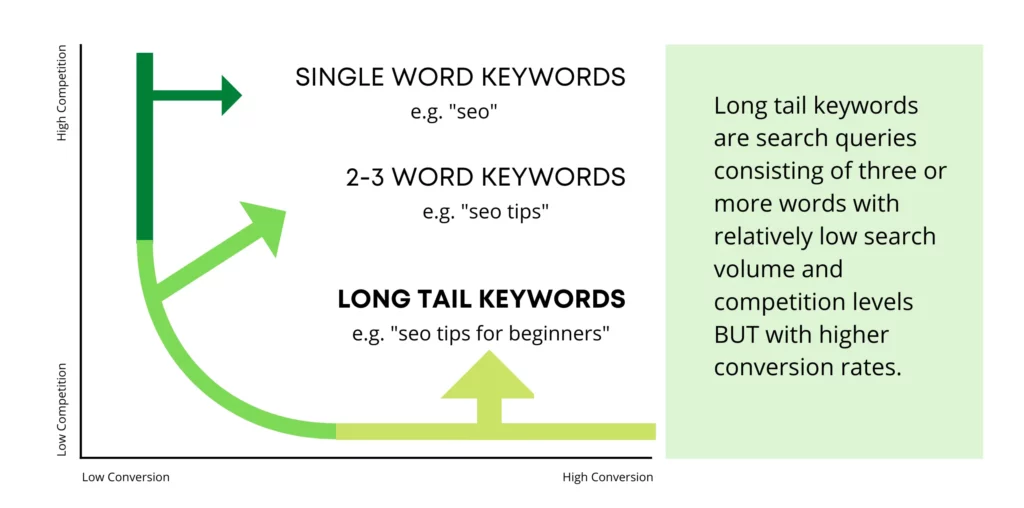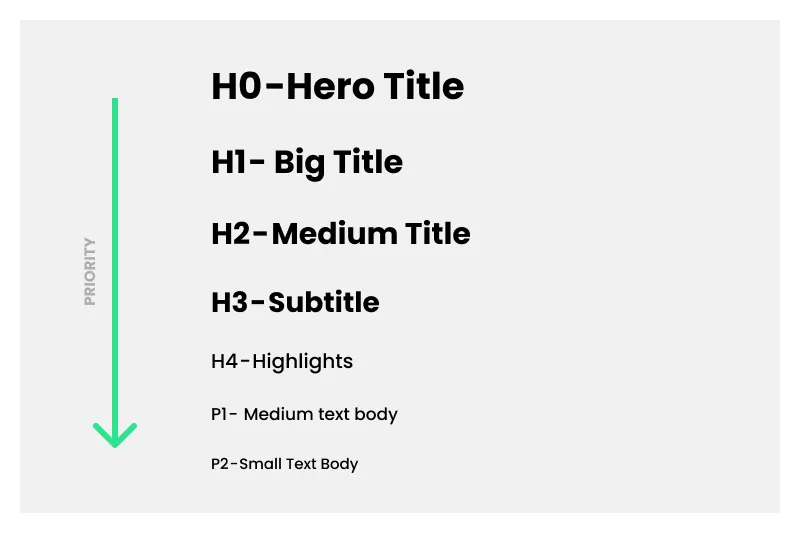Competition is fierce for businesses in the SaaS industry. When writing search engine optimized content for SaaS companies, it’s important to note that you’ll have to do more than just the bare minimum. There are nuances to it that not everyone understands. Look into some SaaS content writing tips we’ve compiled to help you tap into it.
If you took the time to click on this article, the odds are you already know the basics of search engine optimization (SEO). It’s a crucial digital marketing strategy for businesses to improve their online visibility and attract relevant traffic.
When it comes to the Software as a Service (SaaS) industry–where competition is fierce and customer acquisition is key–effective SaaS content writing becomes even more essential.
To succeed in the SaaS industry, businesses need to optimize their website content to rank higher in search engine results and capture the attention of their target audience. However, SEO writing in the SaaS industry requires a unique approach, considering the specific needs and preferences of SaaS buyers.
So, how do you get started?
It’s a lot simpler than you think, and it starts with breaking your SEO strategy into digestible chunks. Whether you are a SaaS provider, marketer, or content creator, implementing these strategies will give you a competitive edge and drive organic traffic to your website:
1. Understand your target audience
Before you start writing, conduct thorough research to understand your target audience’s pain points, needs, and interests. This will help you create content that resonates with them and answers their questions.
For instance: Who typically looks up SaaS-related things? How old are they? What are their jobs?
Immersing yourself in the behaviors of your target audience will help you answer this question. In turn, it’ll help you create more targeted content that they’d want to read.
2. Conduct keyword research
One of the most important aspects of writing for SEO is conducting keyword research. Doing so will guide the content you create, making it more grounded in the topics that your audience wants.
It might seem like a tall task to identify the relevant keywords and phrases that your target audience is searching for, but don’t worry. There’s a wealth of different tools that can assist with this. Apps like Google Keyword Planner or SEMrush can help you find high-volume, low-competition keywords that are specific to the SaaS industry, thus allowing you to rank more than your competitors would.
3. Optimize for long-tail keywords

In the SaaS industry, customers often search for specific solutions or features. Targeting long-tail keywords (phrases that are more specific and longer) can help you attract highly relevant traffic.
For example, instead of targeting the broad keyword “project management software,” you can optimize for long-tail keywords like “cloud-based project management software for remote teams.”
These keywords have lower competition and higher conversion potential.
4. Keep your text hierarchy and headings in mind

In SEO, text hierarchy refers to how content is structured. Basically, the heading text, the subheading text, and so on. After all, one of the most important parts of building your content is knowing how it’s going to appear on your site.
That’s where text hierarchy and headings come in. It’s keeping track of the most prominent content in order to ensure that the page’s content has variety and is visually interesting to any viewers.
5. Create valuable and informative content
SaaS buyers are often looking for in-depth information before making a decision to buy something. So, focus on creating long-form, comprehensive content that educates and provides value to your readers.
Rather than just trying to create content that might rank or that others might want to backlink to, focus on creating high-quality content. Informative and high-value content encourages other sites to backlink to your page and cite you as their source. This will not only help with SEO but also establish you as an industry thought leader.
6. Incorporate visual elements
Content is king, and static content just doesn’t cut it anymore. With that in mind, use images, infographics, and videos to enhance your content and make it more interesting.
Visual elements not only make your content more engaging but also increase the likelihood of it being shared on social media platforms, leading to more backlinks and improved SEO.
Consider embedding things like short clips and videos. That’s a sure way to keep people engaged, and then keep them coming back for more.
7. Optimize for mobile
Ensure that your website and content are mobile-friendly. With a growing number of people accessing the internet through mobile devices, Google prioritizes mobile-optimized websites in search results.
Think of it like this: How often have you had to look something up on the fly? Maybe between meetings, during a break, or while in transit.
Your phone would likely be the most accessible thing on you when moments like that strike–so make sure the site’s optimized for times like those.
8. Avoid technical jargon
Given that the SaaS industry is completely technical in nature, it might be tempting to overload your content with terms that everyone in the industry already knows. However, not everybody who reads your article has all the insider information that you do.
With this, remember to use simple language to keep your articles digestible and accessible. The goal of SEO is to expand your story’s reach. It follows that you’d want the most amount of people to digest the message that you’re putting out.
9. Incorporate case studies and success stories
SaaS buyers are often looking for proof that your product or service delivers results. Including case studies and success stories in your content can help build trust and credibility.
Showcase how your SaaS product solved a specific problem for a customer, the results they achieved, and any quantifiable metrics. This not only helps with SEO but also influences potential buyers at different stages of the purchase funnel.
Consider creating dedicated landing pages for case studies and success stories to enhance their visibility and SEO performance. Things like that make all the difference when it comes to engagement.
10. Leverage user-generated content
Encourage your customers to leave reviews, testimonials, and case studies about your SaaS product or service.
User-generated content adds credibility to your brand and can significantly impact your SEO efforts. After all, it shows that real people are actively using and advocating your service.
11. Diversify your content
Even when writing under a single industry, it’s still important to diversify the content you’re putting out. That is, ensure that you aren’t writing about the same SaaS-related products all the time. Look into other aspects of the SaaS industry that your readers might be interested in, too. Innovate and keep a creative mind when approaching your content, and everything else will follow.
12. Monitor and analyze performance
Regularly track and analyze your website’s performance using tools like Google Analytics. After all, it isn’t enough to just assume you’re doing the job well. You have to ensure that you’re getting the results you want and adjust your strategy accordingly if you aren’t.
Monitor your organic traffic, keyword rankings, bounce rate, and conversion rate to identify areas for improvement and make data-driven decisions. This is the key to writing in SEO.
ALSO READ: SEO Tips from A Digital Marketing Expert
SEO writing in the SaaS industry is an ongoing process that requires continuous learning and adaptation. Stay updated with the latest SEO trends, regularly analyze your results, and refine your strategies accordingly. By creating valuable and informative content that addresses the pain points of your SaaS buyers, you can establish yourself as a thought leader and build trust in your brand. In doing so, you can achieve long-term success and drive sustainable organic traffic to your SaaS website.
M2.0 Communications is an SEO agency offering a comprehensive suite of services tailored to boost your digital presence and engage your target audience.



